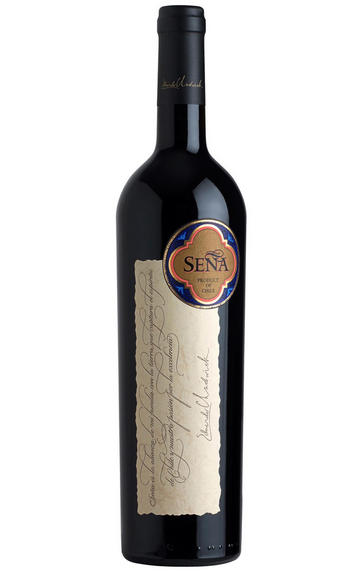
2013 Seña, Aconcagua Valley, Chile
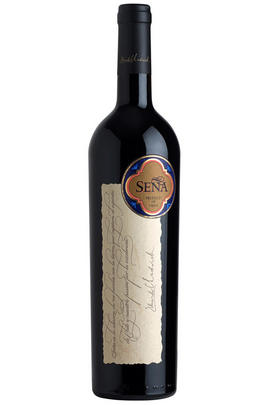
Critics reviews
Luis Gutirrez - 31/12/2015
James Suckling
About this WINE
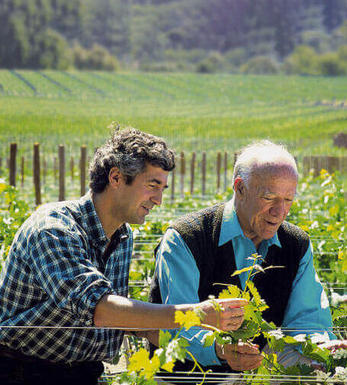
Seña
Seña is a wine estate in Chile’s Aconcagua Valley. It was created in 1995 as a joint venture between Eduardo Chadwick, whose family owns Errázuriz, and the late Robert Mondavi of California. Their ambitious aim was to produce a wine in Chile that could rival Bordeaux’s First Growths in terms of both style and quality. In 1997, they released the inaugural 1995 vintage. The estate has been wholly owned by the Chadwick family since 2005. Today, Eduardo’s daughters María Eugenia, María Magdalena, María José, and Alejandra are involved in the family estate.
The wine is a red Bordeaux blend with a majority of Cabernet Sauvignon, along with Malbec, and Petit Verdot. There is also a considerable proportion of Carménère, more so than you would find in Bordeaux, giving Seña a distinctly Chilean twist. There is also a second wine, Rocas de Seña, produced here. Rocas de Seña is notable for the use of grape varieties such as Syrah, Grenache, and Mourvèdre in its blend.
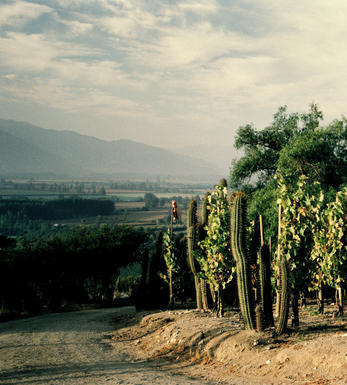
Aconcagua Valley
Aconcagua, 80km from the capital Santiago, north of Casablanca and south of Limari, is the last east-west tranversal valley before the long, north-south Central Valley begins. It is named after the highest peak in the Andes, Mt. Aconcagua (6,959m) and is made up of two very distinct zones. The interior of Aconcagua, Panquehue, is Chile's hottest, driest wine region, while the new vineyards located closer to the Pacific coast produce wines with pronounced exotic flavours.
Pure Andean water, a stable climate, clear skies and low risk of frost create ideal conditions for wine growing. Cool currents from both the Pacific Ocean and the snow-capped Andes Mountains help to maintain good acidity in the grapes, while the sunny and intensely hot summers ensure full levels of fruit ripeness.
Cabernet Sauvignon and Carmenere dominate the production and they have been grown here since the mid 19th century, yet since the 1990s the region has witnessed an enthusiastic interest in Syrah.
Aconcagua is Errazuriz's base
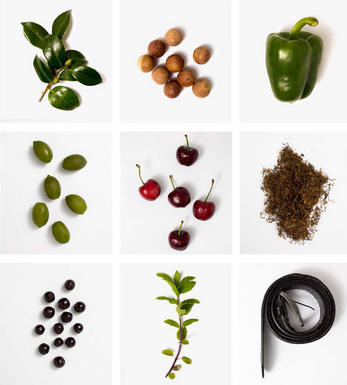
Cabernet Sauvignon Blend
Cabernet Sauvignon lends itself particularly well in blends with Merlot. This is actually the archetypal Bordeaux blend, though in different proportions in the sub-regions and sometimes topped up with Cabernet Franc, Malbec, and Petit Verdot.
In the Médoc and Graves the percentage of Cabernet Sauvignon in the blend can range from 95% (Mouton-Rothschild) to as low as 40%. It is particularly suited to the dry, warm, free- draining, gravel-rich soils and is responsible for the redolent cassis characteristics as well as the depth of colour, tannic structure and pronounced acidity of Médoc wines. However 100% Cabernet Sauvignon wines can be slightly hollow-tasting in the middle palate and Merlot with its generous, fleshy fruit flavours acts as a perfect foil by filling in this cavity.
In St-Emilion and Pomerol, the blends are Merlot dominated as Cabernet Sauvignon can struggle to ripen there - when it is included, it adds structure and body to the wine. Sassicaia is the most famous Bordeaux blend in Italy and has spawned many imitations, whereby the blend is now firmly established in the New World and particularly in California and Australia.


Buying options
Add to wishlist
Description
Vina Sena is arguably Chile’s most famous and sought after wine. We are pleased to offer the new release of the exemplary 2013 vintage.
Viña Seña, originally a joint venture between Eduardo Chadwick and Robert Mondavi of the eponymous Napa estate, aimed to be Chile’s ultimate premium wine. Success followed quickly, initially in blind tastings against the best from Bordeaux, Italy, and most recently with high critical acclaim from influential American critic James Suckling. James Suckling placed the 2012 vintage in the Top 10 (#9) of his Top 100 Wines of the World 2014 and the score of 98 points for the 2012 was the highest ever awarded to a Chilean wine at that time by a major critic. We are excited to say that the 2013 has surpassed this, with James Suckling scoring it an almost perfect 99/100.
In a recent trip to Chile, James Suckling was quoted as saying of the higher quality wines he found there – “They compete with the best of Europe and California as well as Australia. Taste this year's release of Seña, 2013, and understand what I mean. It has all the depth of fruit, structure and intensity of a top wine from such prestigious producers as Mouton Rothschild or Harlan. Plus, Seña is made from biodynamically grown grapes, giving the wine an amazing underlying wholesomeness and holistic quality.”
The Wine Advocate’s Neal Martin has proclaimed Sena as “perhaps Chile’s most famous producer and iconic wine”.
Having tasted the wine this morning, we in the Fine wine team are left in no doubt as to the quality and age-ability of Viña Seña, certainly a wine to be considered in the top rank of wines the world over.
Aromas of Cassis and blueberry, rich fruit on the nose and yet a lovely balance with background hints of eucalyptus, mineralite and flint. The richness of the fruit on the medium bodied mid-palate matches perfectly with the amazing lift of acidity at the back palate. There is great density and yet a svelte, beautifully poised character, full of old world sensibility and class that gives the wine great tension and balance, the cool climate of the vineyard really shines through. The tannins melt into the mouth. This is a truly classy offering with all the elements in the right place producing a wine that is so tempting to drink now but will easily keep for 5 – 10 years
Stuart Rae, Private Account Manager
One of the most balanced young wines I have tasted for a while. An enticing nose of rich blackcurrants with a hint of eucalyptus. Complex, full bodied and wonderfully precise palate gives you silky tannins and an amazing long lingering finish. I would quite happily start to drink this but I think with a bit of patience this will turn out to be one of those wines that is worth the wait. Drink from 2016.
Ben Upjohn, Fine Wine Sales Manager
wine at a glance
Delivery and quality guarantee